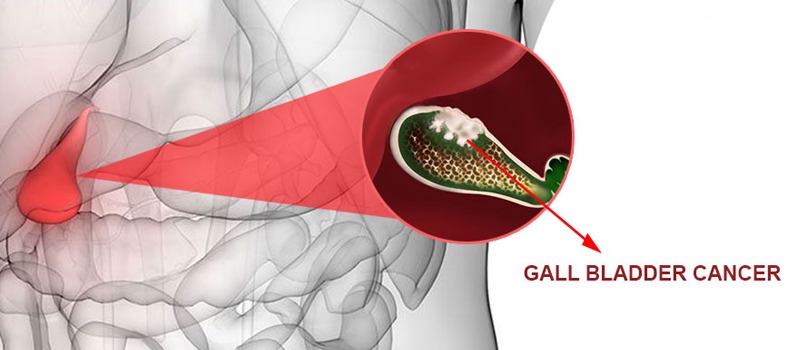
When the cells in the gallbladder grow abnormally, it can lead to the development of cancer. This occurs in a small, pear-shaped organ near the liver that stores bile, a necessary component for digestion. It is better to find the disease at an early stage, when the cancer is still inside the gallbladder because the outcome will be better. Most cases are identified after the tumor has spread to surrounding areas, which worsens the prognosis.
Gallbladder cancer is particularly complex because it often displays no early symptoms. When symptoms do appear, they tend to resemble those of more common and less severe illnesses, which can lead to misdiagnosis. The gallbladder deep location in the abdomen promotes cancer growth, which can progress significantly before the disease becomes detectable.
Gallbladder cancer is often called a silent disease because it doesn’t cause noticeable symptoms until it has spread beyond the gallbladder. Its hidden location in the body also makes early detection difficult. When symptoms do show up, they can easily be mistaken for gallstones or other common issues. These symptoms might include abdominal pain, nausea, vomiting, jaundice, unexplained weight loss, and a lump in the abdomen.
To identify gallbladder cancer, clinicians employ a systematic approach. Blood analyses are conducted to evaluate liver function and detect specific tumor-associated substances. Radiological imaging, including ultrasound, CT scans, and MRI, is then utilized to visualize the gallbladder and adjacent tissues, enabling the detection of potential malignancies.In some cases, doctors may use a procedure called endoscopic retrograde cholangiopancreatography (ERCP) to see the bile ducts directly and take tissue samples for a biopsy, which is the only way to confirm the diagnosis for sure.
The primary treatment for gallbladder cancer is surgery, particularly if diagnosed early. The type of surgery depends on how much the cancer has spread and where it is. In some cases, removing just the gallbladder (cholecystectomy) may suffice. However, if the cancer has progressed to a more advanced stage, surgeons must remove parts of the bile ducts, liver, and nearby lymph nodes.
Laparoscopic and robotic surgeries are newer, less invasive ways to remove cancer. They are much better than traditional open surgeries. These methods use smaller incisions, which means less pain. Patients also have shorter hospital stays and recover faster.
When gallbladder cancer is advanced or can’t be cured, chemotherapy is usually part of the treatment plan. It can help shrink the tumor, slow down its spread, and ease symptoms. Newer and more effective types of chemotherapy are also helping people live longer and lowering the chances of the cancer coming back.
Next-generation sequencing (NGS) is becoming more important in treating gallbladder cancer. It analyzes tumor genes and finds specific mutations that drive the cancer. This information helps doctors create personalized treatment plans that target these mutations directly. NGS also identifies patients who may be ideal candidates for immunotherapy.
There's a growing interest in using the body's own defenses against gallbladder cancer. The idea is to nudge the immune system to spot and eliminate the cancer cells. Certain drugs, called checkpoint inhibitors, which fall under the umbrella of immunotherapy, have demonstrated some positive effects in advanced cases, especially when the cancer cells carry particular genetic changes. Researchers are actively conducting trials to see how well different immunotherapy strategies work, both on their own and when combined with other cancer treatments.
Effective gallbladder cancer management requires a collaborative effort from a multidisciplinary team, including surgeons, oncologists, radiologists, and pathologists. This approach ensures comprehensive, coordinated care tailored to individual patient needs.
Gallbladder cancer remains a complex disease, but ongoing research and advancements in diagnosis and treatment offer hope. Increased awareness of risk factors, improved diagnostic tools, NGS, and novel therapies like immunotherapy are paving the way for better outcomes and improved quality of life for affected individuals.